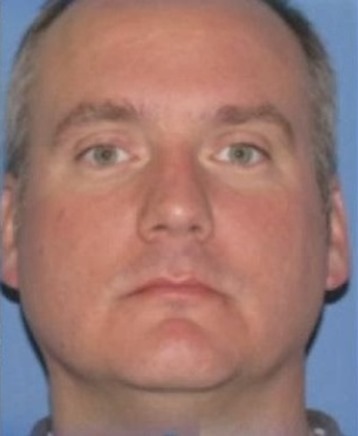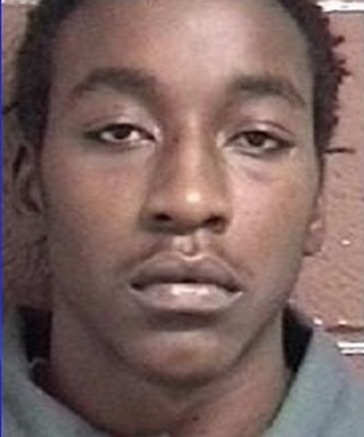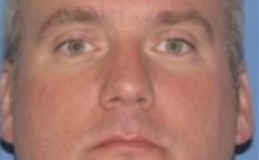WCTI
August 7, 2014

A man has pleaded guilty to murdering a sheriff’s deputy who also served as a deputy U.S. marshal.
Lamont Deshawn Byrd (pictured left), 21, pleaded guilty Monday in Raleigh to one count of first-degree murder of an officer of the United States, announced U.S. Attorney Thomas G. Walker.
Byrd killed Warren Basco “Sneak” Lewis (pictured right) –a deputy with the Nash County Sheriff’s Office and a special deputy U.S. marshal– on June 9, 2011, investigators said.
According to investigators, Byrd, Kion Tyearl Dail and two other juveniles shot Thomas Terrell Hinton in the chest on June 2, 2011 in Kinston, killing the victim.The suspects then allegedly stole the victim’s bicycle.
On June 9, 2011, Kinston officers and U.S. marshals searched a residence on West Lenoir Avenue to find the suspects. The upstairs apartment at the home was empty, but two shotguns were located. Laboratory testing revealed that Byrd had possessed the weapons, investigators said.

Later that day, law enforcement officers went back to the residence to search an apartment that was downstairs. But as Deputy U.S. Marshal Lewis was coming down the stairs, Byrd shot three times through the closed door, hitting Lewis all three times, investigators said.
After realizing he had shot an officer, Byrd was heard saying, “See what you made me do?,” investigators recalled. Byrd then handed the weapon to another individual to hide, authorities said.
The suspects came out after a 20-minute standoff, said investigators. The weapon used to shoot Lewis, a Berretta .40 caliber semi-automatic pistol, was found in a banker’s box in a closet and had Byrd’s DNA on it, according to authorities. The gun had been stolen from a residence three weeks prior.
Lewis was taken to a hospital, where he died from his injuries. He is survived by his wife and two daughters.
According to the plea agreement, Byrd has also been charged in state court and will plead guilty to murder charges.
Byrd’s sentencing is scheduled for Nov. 3. He faces a life-term of imprisonment followed by up to five years of supervised release.

